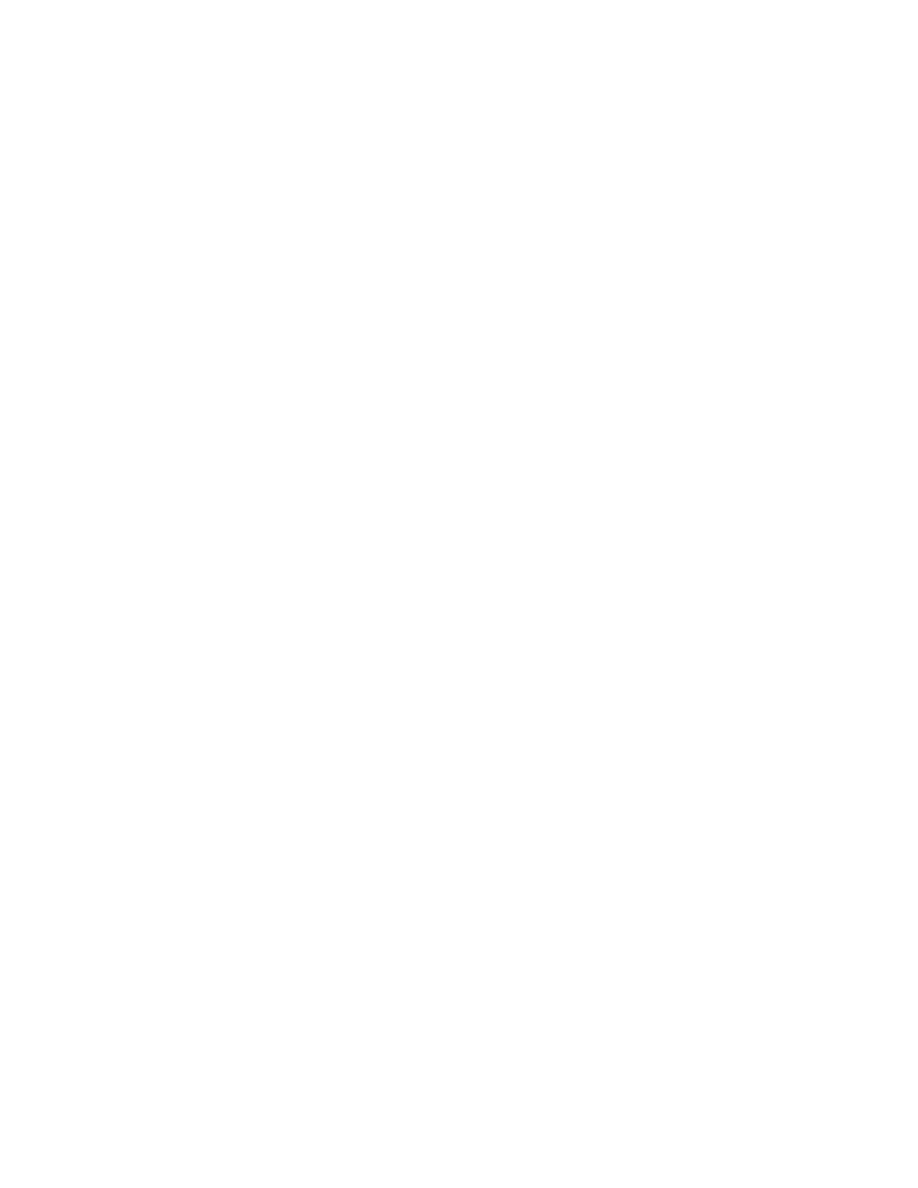Corvette V8-6.2L (2008)

Fuel Pressure: Testing and Inspection
Fuel System Diagnosis
Fuel System Diagnosis
System Description
The control module enables the fuel pump relay when the ignition switch is turned ON. The control module will disable the fuel pump relay within 2
seconds unless the control module detects ignition reference pulses. The control module continues to enable the fuel pump relay as long as ignition
reference pulses are detected. The control module disables the fuel pump relay within two seconds if ignition reference pulses cease to be detected and
the ignition remains ON.
The fuel system is a returnless on-demand design. The fuel pressure regulator is a part of the fuel tank module, eliminating the need for a return pipe
from the engine. A returnless fuel system reduces the internal temperature of the fuel tank by not returning hot fuel from the engine to the fuel tank.
Reducing the internal temperature of the fuel tank results in lower evaporative emissions.
Two fuel tanks store the fuel supply. An electric turbine style fuel pump attaches to the fuel tank module inside the left fuel tank. The fuel pump supplies
high pressure fuel through the fuel filter and the fuel feed pipe to the fuel injection system. The fuel pump provides fuel at a higher rate of flow than is
needed by the fuel injection system. The fuel pump also supplies fuel to a Venturi pump located on the bottom of the left fuel tank module. The function
of the Venturi pump is to fill the left fuel tank module reservoir. The primary fuel pressure regulator, a part of the left fuel tank module, maintains the
correct fuel pressure to the fuel injection system. The left fuel tank module contains a reverse flow check valve. The check valve, the primary fuel
pressure regulator, and the secondary fuel pressure regulator maintain fuel pressure in the fuel feed pipe and the fuel rail in order to prevent long
cranking times.
The fuel pump also supplies a small amount of pressurized fuel through the auxiliary fuel feed pipe to the siphon jet pump inside the right fuel tank. The
pressurized fuel creates a Venturi action inside the siphon jet pump. The Venturi action causes the fuel to be drawn out of the right fuel tank. The fuel
transfers from the right fuel tank to the left fuel tank through the auxiliary fuel return pipe. The auxiliary fuel return pipe inside the left fuel tank contains
an anti-siphon hole in order to prevent fuel from siphoning from the left fuel tank into the right fuel tank. Both the auxiliary fuel feed pipe and the
auxiliary fuel return pipe are located inside the convoluted stainless steel crossover hose.
The right fuel tank module contains a secondary fuel pressure regulator. The secondary fuel pressure regulator has a lower set point than the primary
regulator in order to allow fuel to flow to the siphon jet pump on the right fuel tank module. When the engine is shut off, the pressure in the feed pipes
immediately drops to the secondary regulator set point. This prevents the siphon jet pump from operating and in turn prevents the equalization of the left
and right fuel tanks. The secondary fuel pressure regulator maintains fuel pressure in the auxiliary fuel feed pipe which reduces the time to prime the
siphon jet pump. The pressurization also reduces fuel vaporization and boiling in the auxiliary fuel feed pipe.
